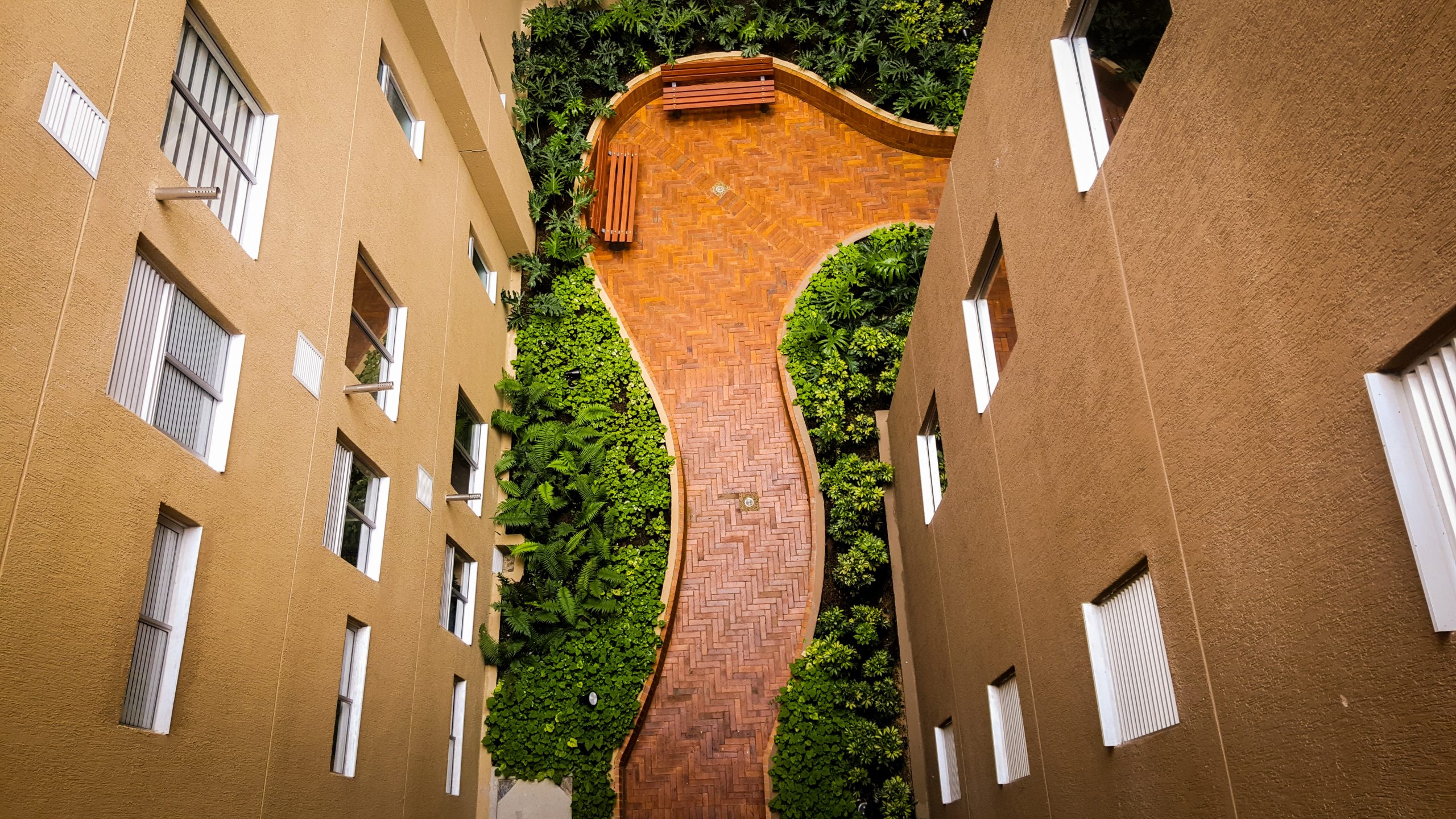Over 130 million houses in the United States have full basements, partial basements or crawl spaces. While these underground rooms are great for extra storage, storm shelters, entertaining guests or just as additional rooms, there are a few things to do to keep them up to standard and safe.
One essential safety measure is exterior waterproofing. About 60 percent of homes have water and moisture issues. If you do not know what exterior waterproofing is, there is no need to worry because we made a guide going through everything you need to know.
What is Exterior Waterproofing?
Exterior waterproofing prevents water from entering your basement or crawl spaces. Do not get this confused with interior waterproofing, which controls the water that enters your basement. Exterior waterproofing keeps water from entering. A waterproof membrane or covering goes on to prevent water from entering.
Exterior waterproofing consists of excavating the soil down to the footer drains to inspect and test footer drainage and assess any vertical or horizontal fault allowing water to penetrate deep and enter the home. Typically, contractors use a vapor barrier and tar to seal the wall.
Then, your contractor will clean or install new footer drains. Next, they will pour gravel in over the perforated pipe, which allows groundwater to enter and flow away from the foundation. We will go into further detail in the lower sections.
When Should You Do Exterior Waterproofing?
Exterior waterproofing happens during the house construction process. However, this does not always get done the best way or over the years issues arise. Luckily, you can do exterior waterproofing after moving in. Once you finish waterproofing you really shouldn’t have to ever do it again if it is done well.
If you or your contractor install the sealant correctly and do not incur any damages, then it can work for the duration of the building. Even though it is stable for many years, you should always inspect it at least once a year by checking any cleanouts around the house and seeing if they should get jetted or cleaned out to allow the water to continue to flow well.
What Supplies Do You Need?
Just like any other project, exterior waterproofing does need specific tools. While doing this project, you are going to need waterproofing materials. There are different approaches to waterproofing but you often need a mortar to repair cracks or damages in the wall, and a waterproofing tar or membrane to protect the walls once repairs are made.
Depending on the location, the size of your basement and the severity of waterproofing, the equipment used varies. Typically, you will need something to help you dig. For small cases, a shovel will work, but for larger situations, heavy machinery may need to come to your house. For these instances, you should work with a team that has all the needed equipment on hand and experience operating.
Once you have the soil dug up, you will need pipes and drains to make sure water flows away from your basement or crawl space as it should. Find these pipes and drains at your local supplier or home improvement store.
How Do You Do Exterior Waterproofing?
Before going over how to do exterior waterproofing, it is not a task that should happen unless you have the knowledge, skills and supplies to complete the project. There are a lot of moving parts to make sure everything moves smoothly. One mistake and you can cause serious problems.
The basic method of doing exterior waterproofing is to remove the soil from the external basement wall, to install the membrane or barrier, to fill the surrounding area with gravel and to establish a footer draining system.
Adding proper drainage is essential. These drains and gutters steer water away from touching your home altogether. Making sure the basement drains and gutter downspout drains are run properly will ensure your home stays dry and the water takes the correct path away.
When Should I Call in a Professional?
Exterior waterproofing should never happen without the right tools and safety precautions. One wrong move and you can damage your house or even harm yourself. When done by a non-professional, you can spend more money and time.
You also run the risk of causing damage to your home. To avoid these situations, get in contact with a home repair service or contractor. Many of these companies will give you advice and suggestions on how to care for this area and what to do if anything goes wrong.
Never worry about water entering your basement or crawl space. Instead, make sure to do exterior waterproofing right. If you need help waterproofing your home, repairing your chimney or fireplace or any other home repair or improvement projects, do not hesitate to call Ray Arnold Masonry today.

